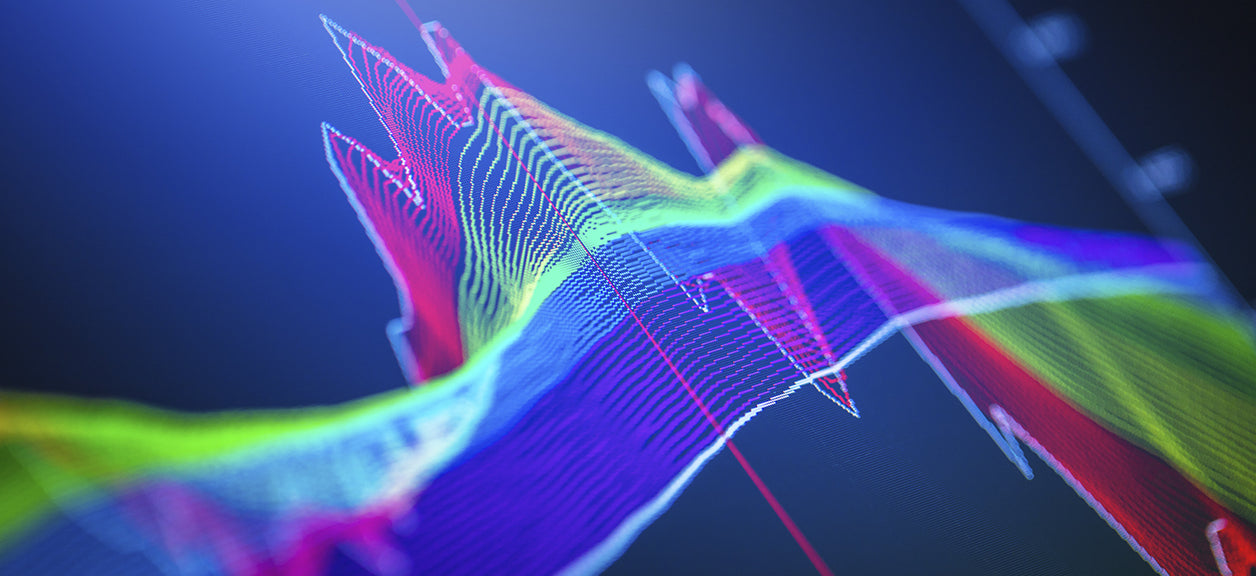
How poor air quality affects the stock market
Male infertility. Bad bones. Poor cardiovascular health. Beyond allergens, studies have shown a correlation between air quality and other maladies. But here’s a new twist: Poor air quality, particularly high levels of harmful particulate matter, might also be bad for economic health—or more specifically, it might be connected to stock market declines, according to a recent study.
The Research
Researchers from the University of Ottawa and Columbia University compared data from the S&P 500 index with hourly data from an air quality sensor at an Environmental Protection Agency monitoring station located close to Wall Street. They also included hourly weather data for air temperature, wind speed, rain and other factors.
The researchers also applied their methodology to the New York Stock Exchange and Nasdaq. The result: They consistently found a correlation between high levels of air pollution and lower stock performance.
The Findings
The study found that every time air quality decreased by one standard deviation—a common statistical metric used to measure variation among data points—the stock market performed 12% worse. That’s a substantial change, according to researchers. To verify their results, researchers reran the tests to control for rainfall. The research showing the correlation between air quality and market performance held up.
The Reasons
Researchers propose that the effect of bad air on our emotional state is one reason for the findings. Exposure to air pollution can create a more depressed mood and impact cognitive ability. Thus, poor air quality can make you both feel bad and slow down your thinking. In addition, according to the study, the double whammy of depressed mood and reduced cognitive ability is associated with a lower appetite for risk, while reduced risk tolerance is connected to worse stock market returns.
The findings, of course, have implications for our lives outside of Wall Street. For example, unhealthy particulate matter can also be found in the air we breathe at home, potentially depressing our mood and reducing our thinking ability. A smart air purifier with a HEPA filter like Airmega can reduce the amount of particulate matter in the air, potentially increasing your wellbeing and more.
Disclaimers
1Coway air purifiers have been proven to trap dust, pollen, dander, viruses and bacteria in the air based on KCL (Korea Conformity Laboratories) testing.They have been tested in a 30㎥ size chamber according to the Korea Air Cleaning Association standard (SPS-KACA 002-132:2022 Modified) to measure the 0.01㎛ size of particle removal rate. It was tested on maximum airflow speed in normal room temperature and humidity conditions. The performance may vary in the actual living environment of customers.
→ Tested with Airmega Aim, 50, 100, 150, 160, Tower AP-1216L, Mighty AP-1512HH, MightyS AP-1512HHS, 200M, Icon, IconS, 230, 240, 250, 250 Art, 250S, 300, 300S, 350, 400, 400S, 450, ProX
299.97% of viruses, bacteria, fungi and pollen were verified to be removed from the air for Coway air purifiers which have Green True HEPA™ filter applied based on the Japan Food Research Laboratories(JFRL) testing according to JEM 1467 standard.
→ Tested with Coway Airmega Mighty AP-1512HH, MightyS AP-1512HHS, 250, 250 Art, 250S, 300, 300S, 400, 400S
→ All tested by JFRL and received above result within below time.
4The concentration of ammonia, acetaldehyde and acetic acid were proven to be removed within 30 minutes by FCG Research Institute, Inc. Human Life Science Lab. It is not a demonstration result in the actual use space. Not all odors and gases may be supported. → Tested with Coway Airmega 150, 160, Mighty AP-1512HH, MightyS AP-1512HHS, 400, 400S
5The coverage area of the air purifier is based on an area where the air cleaner can make two air changes per hour (ACPH). An air change per hour translates to how many times an air purifier can clean an area, assuming the height of a ceiling to be 8 ft, in one hour. Therefore ** means two air changes per hour means that the cleaner can clean the area once every 30 minutes and * means air changes per hour means that the air purifier can clean the area once every 60 minutes.
10Terms and conditions apply. Discounts, including promotions, coupons, bundle discount and subscription discount, cannot be stacked on top of other coupons. During promotional periods, discount codes will not be able to be applied to orders. Promo codes may apply to products only—filters, accessories, and new products within 3 months of the release date are not included.
11Based on Coway R&D internal laboratory testing, activated carbon filtration was shown to remove up to 95% of ammonia odors within 40 minutes, and up to 99% of fecal odors within 20 minutes. Actual performance may vary depending on usage conditions.



























